I was a carpenter/contractor for decades, during and in between university. In 2008 an old injury flared up forcing me to start looking for something else to do. I started shopping for graduate programs because I figured a PhD might lead to a desk job, and because I had some pressing questions about how we build and use our homes. To be more precise, I was pissed about finding the same construction flaws over and over.
I was fixing a roof when the Chair of the Department of Geography and Environmental Studies at Carleton University in Ottawa, Canada, phoned to say I had been accepted into their PhD program. I remember thinking “it’s gotta be easier than this”. It was a big jump from that roof to academia, but five years later I graduated with a doctorate and a dissertation about houses, homes and sustainability.
Houses, homes and sustainability
I’m concerned with how our homes fit into local to global ecology, and for me, sustainability is about both reducing environmental harms and adapting to the growing impacts of climate change. Also, I’ve thought a lot about houses and homes and I don’t consider those concepts to be interchangeable. In theory, 'home' is much more than just a physical structure. It’s where we learn how to communicate and interact with our world, and where we learn - or don’t learn - to respect our neighbours, including our nonhuman neighbours.

Builders who claim to build ‘homes’ – including those who claim to ‘build sustainably’ - are taking more credit than they deserve, because the construction of a house is just the start of a long sequence of a home’s environmental impacts. For example, people may choose big detached houses in dispersed suburbs, or they may instead choose condos or townhouses in denser developments. Either they drive to work and the store and soccer practice in a big SUV, or, they bus, bike and walk. People open and close windows or set thermostats, take long baths or short showers, mow large lawns with gas mowers or small lawns with electric mowers.
Then we can flip the sustainability coin over and consider the ballooning costs and upheaval to our neighborhoods from the impact severe climate events such as floods, windstorms, fire and hail have on houses. Particularly the hastily-built and poorly-built houses without a long-term durability strategy. And the odds are, these events will occur after the builders have moved on to another development to repeat those same design flaws. I consider this to be misguided myopia on a number of levels.
Future-proof housing - resilient home building in the age of climate change
Can we foster responsible behaviour and investment in the future while protecting our homes from the environmental changes we’ve already wrought? During my degree, one of my committee members, Dr. Jill Wigle, insisted that I focus on three main stakeholders – producers, regulators and consumers of housing.
Starting with the first group, it’s easy to critique the producers (like I did above) because there are industry players who put profit before people and planet.
It’s a tough business and the reputation for aggressive self-interest is at least partly earned. I think builders and their suppliers need to step up and accept responsibility. If you call yourself a “city builder” and you are not thinking about the next generation, your legacy is at risk - like the developments you build – from the increasingly dramatic consequences of climate disruptions. The private sector as a whole must come to terms with the ecology of risk and act in concert to mitigate that risk. Clear benefits will be a level playing field and predictability in a regulatory realm that, despite the laggards, is lurching into the future.
Regarding the regulators of housing, certainly there’s a role for responsible policies and regulations that dictate how we build our houses and neighborhoods. And governments at all levels in Canada are pushing for smarter practices. But housing and building regulations add to (initial) costs and it’s tough to go against the local short-term interests of consumers and the housing industry. This intractable problem – making change and surviving the next election - has dogged elected officials for decades. Somehow consumer/voters must take a longer view, and this is the tricky part of the equation.
Green home building and ostriches
We consumers are, remarkably, uneducated about the processes that result in our houses, and we’re often steered by fashion when making decisions about this very expensive consumer good. I’ve heard repeatedly from progressive developers that, when offered environmentally responsible construction options like a heat pump, upgraded windows, or a sump pump with battery backup, homebuyers invariably choose cosmetic upgrades instead, even when the energy-saving and durability upgrades offer very clear advantages and long-term payback.
I’m not talking about you readers of Ecohome articles: you’re already on the uptake. But for most consumers, if an upgrade that we don’t really understand doesn’t pay for itself within a few years, we’ll choose the fancy kitchen taps instead. Self-interest tends to trump the common good in terms of future security.

At the neighborhood scale, I am also discouraged by the NIMBY sentiment that invariably accompanies efforts by developers and municipalities to build infill housing in established neighborhoods, housing that would create efficiencies in services and transportation that would markedly reduce the fiscal and environmental costs of low-density housing.
Are consumers frivolous, worried about house resale values, or weary of the near-constant narratives about ‘sustainability’? Are we closing our ears to repeated bad news? Are we all tired of trying to figure out how to be responsible, amid myriad daily choices, especially during this pandemic? Are we burying our heads in the sand?
The conversation is even more complicated when I discuss adapting to climate disruptions. Robert Meyer and Howard Kunreuther call our propensity for risky behaviour “the Ostrich Paradox”. Margaret Heffernan calls it “willful blindness” in her book by the same name.
Present company excepted of course, we tend towards short-term thinking, unjustified optimism, amnesia, fear, resistance to change, social conformity and postponing the costs of action. We’re also misinformed and intentionally misdirected. We don’t see well into the future or beyond our immediate surroundings. These interrelated social processes influence humans to ignore or deny risk and act in ways that possibly jeopardize our own homes.
Until, that is, we get to Ecohome and find out that sustainability is a lot smarter and sexier than those upgraded kitchen taps. Right now we need to start paying the full costs of many materials and practices to the environment and to our neighborhoods.
Why a carbon tax is good for the environment, and your wallet too.
Canadians are, thanks to the recent Supreme Court ruling, heading for a steadily increasing carbon tax. This will bypass the political/regulatory/electoral boondoggle and reward responsible consumers over the ostriches.
A carbon tax will attach an appropriate price to that granite countertop, and the revenue collected can be applied to energy-efficiency tax credits and incentives, like Canada introducing the Canada greener homes grant, and the zero interest $40,000 deep energy refit loans scheme - making it easier for other consumers to choose efficient heat sources such as heat pumps, perform energy efficient home renovations, and better protect homes from climate related weather events.
Watch for the dollars to start flowing from federal coffers as the feds are going to make it even smarter and sexier to shrink your carbon footprint and build a more resilient home. Personally, I think it’s good timing, and this time I think it will stick.
This is about your home. The price signals are starting to make sense, but producers and regulators of housing are waiting for more demands from consumers and voters, for homeowners and house buyers to pull our collective heads out of the sand so we can protect our legacy too.
So when it comes to home building and renovation projects, do the research. Exercise your choice and power. During elections, keep voting for the environment. Then take the leap and splurge on sustainability and future-proofing your home. These things will pay back over time, and help build a cleaner economy and more green jobs too. But even more importantly, your kids will think you’re cool and maybe even brag about you and your new heat pump to the ostriches next door.
Gary Martin is an Ecohome contributing author who holds a PhD in Environmental Studies from Carleton University, specializing in Housing & Sustainability. Gary advocates for climate change awareness and sustainability in the construction industry wherever people will tolerate his ranting.
Now you know about the importance of future proofing homes by building for a changing climate. Find more pages about sustainable construction and how to reduce emissions on the pages below and in the Ecohome Green Building Guide pages.
Find more about green home construction and reap the benefits of a free Ecohome Network Membership here. |






















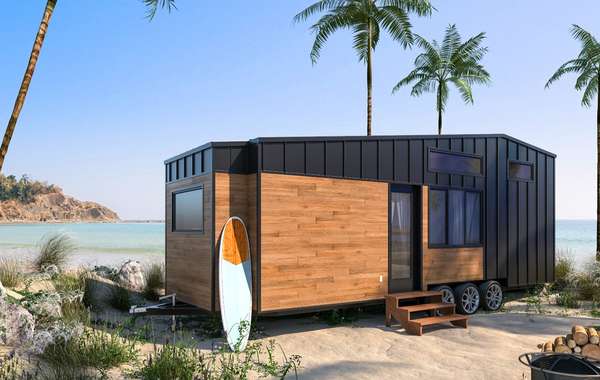

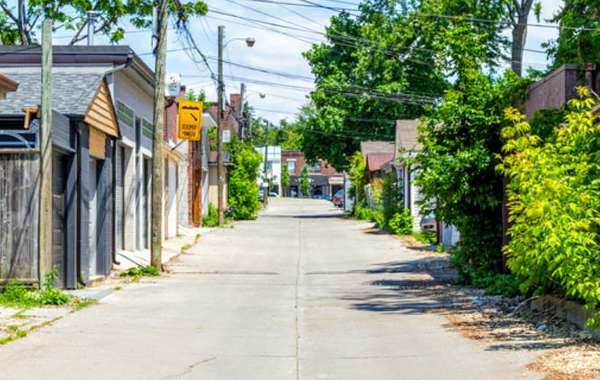
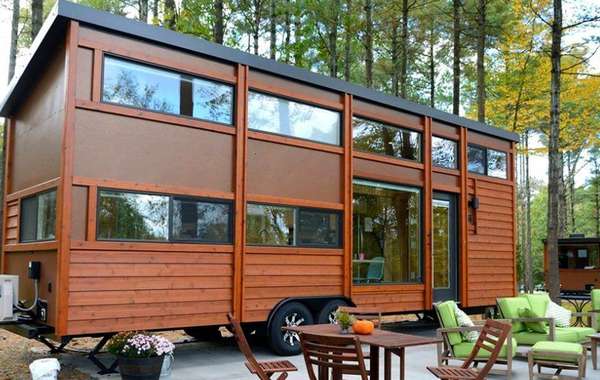
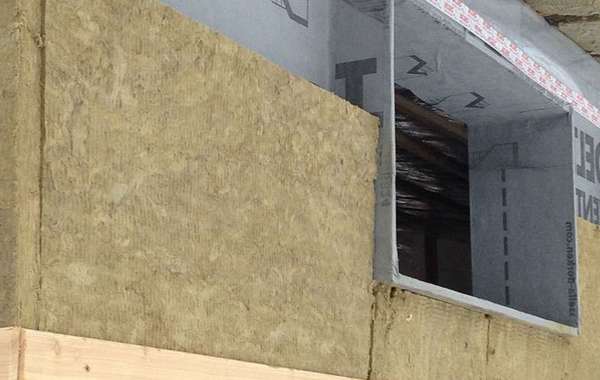
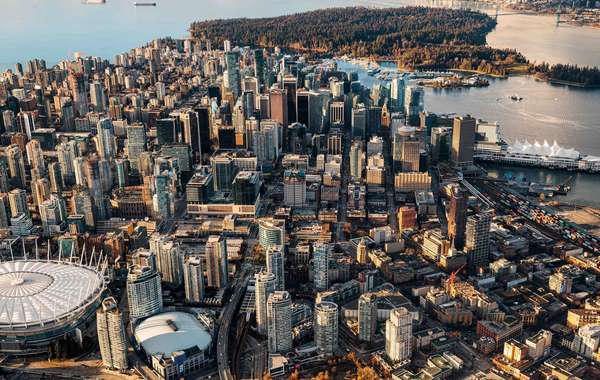
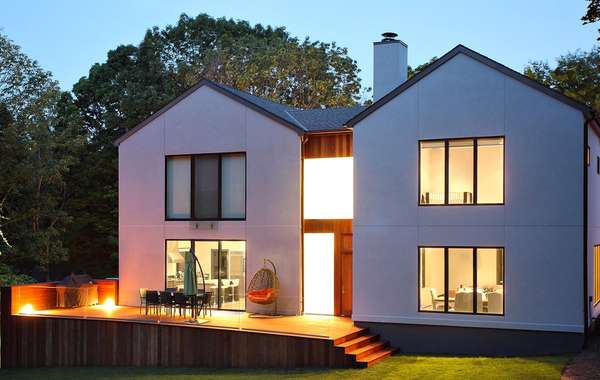
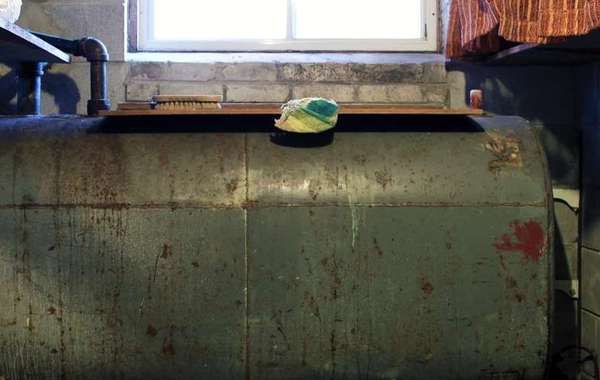
As much as I dislike being taxed and distrust government's ability to administer tax systems without inefficiencies and corruption sneaking in somewhere, I don't think we can kick the North American construction industry along the right road quick enough otherwise.
For as long as consumers care more about double vanities in their master bathroom than their energy costs or carbon footprint the industry will produce what they're asked for. Here's hoping the carbon tax will be used efficiently to educate and improve the quality of our homebuilding. Thanks for the article Gary.